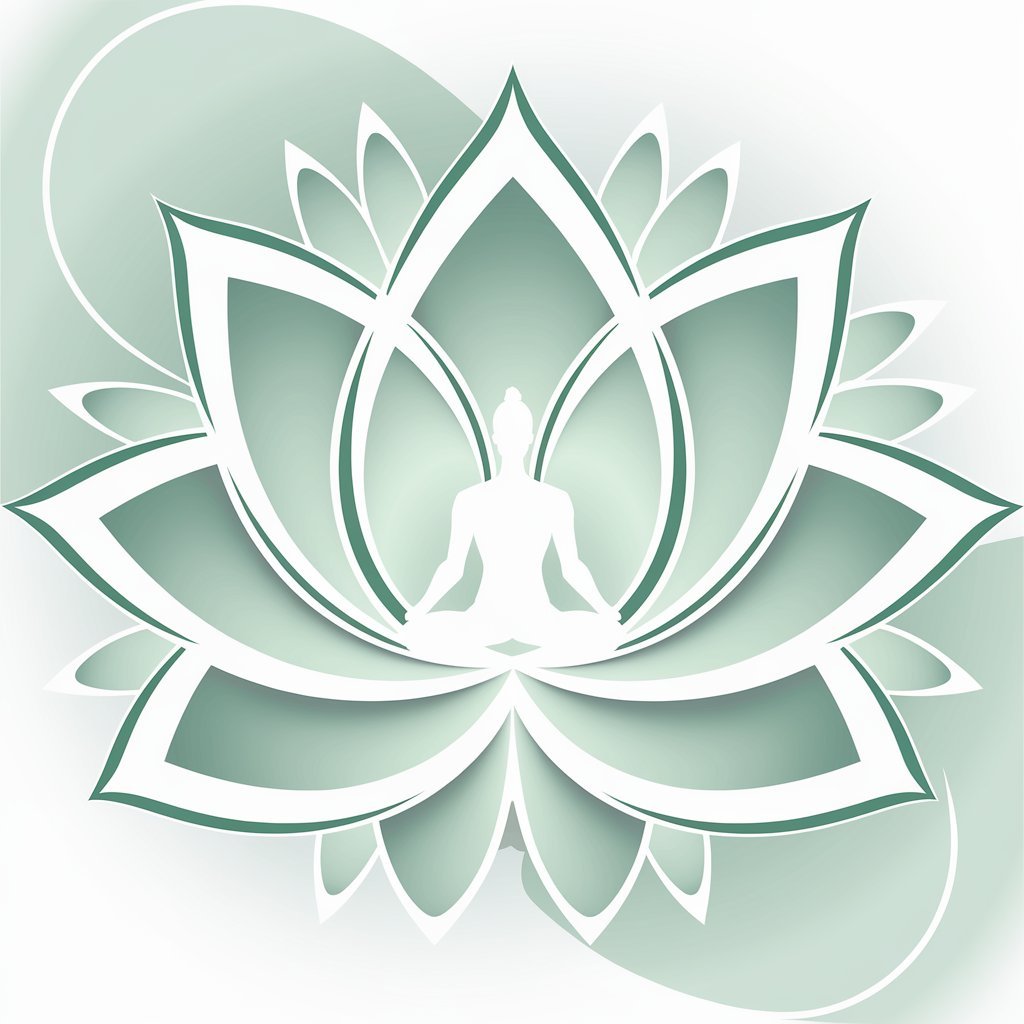Yoga is a practice that embraces everyone, no matter their body type, physical limitations, or past injuries. Whether you’re new to yoga or returning after a hiatus, it’s essential to know that yoga can be tailored to fit your unique needs. This article explores how yoga can accommodate plus-size bodies and those recovering from injuries, and preventing future deterioration of the body and mind. This offers a path toward healing, confidence, and personal growth.
Embracing Plus-Size Yoga: Confidence and Body Goals
For many plus-size women, starting a yoga practice can feel intimidating. The media often portrays yoga practitioners as slim and flexible, leading to the misconception that yoga is only for a certain body type. However, yoga is for everyone, and it can be a powerful tool in your exercise plans, helping you reach your body goals and boost your confidence.
Accommodating Plus-Size Bodies in Yoga Yoga for plus-size women isn’t about forcing your body into slim-focused poses; it’s about celebrating what your body can do. Many yoga poses can be adapted to suit different body types, allowing you to feel comfortable and confident in your practice. Props like blocks, straps, and bolsters can help you ease into poses and maintain balance, making yoga more accessible.
Yoga Pose Sequence for Plus-Size Women
- Mountain Pose (Tadasana): Stand tall with feet hip-width apart. Use a wall for support if needed to help with balance.
- Warrior I (Virabhadrasana I): Step one foot back, keeping the front knee bent. Use a block under your back heel for stability if your calf feels tight.
- Warrior II (Virabhadrasana II): From Warrior I, open your hips and arms to the side. Place your back hand on a chair if needed for balance.
- Tree Pose (Vrksasana): Stand on one leg, placing the other foot on the inner thigh or calf. Use a wall for support if you feel unsteady.
- Cat-Cow Pose (Marjaryasana-Bitilasana): On your hands and knees, alternate between arching and rounding your back. Place a blanket under your knees for comfort.
Rehabilitation Yoga: Healing and Recovery
Yoga is also a fantastic tool for those recovering from injuries or managing chronic conditions. Rehabilitation yoga focuses on healing the body and mind, providing a gentle way to rebuild strength, flexibility, and confidence.
Yoga for Recovery If you’re dealing with an injury, it’s important to listen to your body and avoid pushing yourself too hard. Start with yoga poses for beginners that are gentle and can be easily modified to avoid further strain.
Yoga Pose Sequence for Recovery
- Child’s Pose (Balasana): Kneel and sit back on your heels, reaching your arms forward. Place a bolster under your chest for support if needed.
- Downward Dog (Adho Mukha Svanasana): From hands and knees, lift your hips up and back. Use blocks under your hands if your hamstrings feel tight.
- Bridge Pose (Setu Bandhasana): Lie on your back, bend your knees, and lift your hips. Place a block under your sacrum for support if your lower back feels strained.
- Legs-Up-the-Wall Pose (Viparita Karani): Lie on your back with your legs up against the wall. Place a folded blanket under your hips for comfort.
Preventing Deterioration: Maintaining Strength and Flexibility
One of the most important aspects of rehabilitation yoga is preventing further deterioration of your physical condition. By incorporating basic poses that target specific areas of the body, you can help maintain strength and flexibility, which are crucial for recovery. Consistent practice will not only assist in healing but also prevent future injuries.
Yoga Pose Sequence for Prevention
- Seated Forward Bend (Paschimottanasana): Sit with your legs extended, reaching for your feet. Use a strap around your feet if you can’t reach them easily.
- Cobra Pose (Bhujangasana): Lie on your stomach and lift your chest, keeping your elbows bent. Place a blanket under your pelvis for extra cushioning.
- Chair Pose (Utkatasana): Stand with feet hip-width apart and sit back as if into a chair. Place a chair behind you for actual support if needed.
- Supported Fish Pose (Matsyasana Variation): Lie on your back with a bolster under your upper back and head, letting your arms relax by your sides.
Building Confidence Through Healing
Yoga can be a transformative experience, especially when you’re using it as a tool for recovery. The journey toward healing is unique for everyone, but yoga provides a safe space to rebuild your confidence and reconnect with your body. As you progress through your recovery, you may find that yoga becomes an integral part of your exercise plans, helping you to maintain a healthy, balanced lifestyle.
Conclusion
Yoga is a practice that welcomes everyone, regardless of body type, physical ability, or past injuries. Whether you’re embracing your plus-size body or recovering from an injury, yoga offers a path toward healing, self-discovery, and confidence. By accommodating your unique needs, you can enjoy the many benefits of yoga and continue your journey toward your body goals, blossoming in mind, body, and spirit. Remember, yoga is not about perfection but progress, and every step on the mat is a step toward a healthier, happier you.



